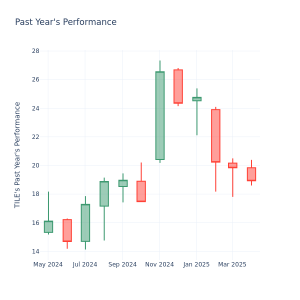We recently published a list of 8 Best Gene-Editing Stocks to Buy. In this article, we are going to take a look at where Intellia Therapeutics, Inc. (NASDAQ:NTLA) stands against other best gene-editing stocks to buy.
Gene editing is an advanced medical technique within gene therapy that involves precisely modifying an individual’s DNA to treat or prevent diseases. This approach directly alters genetic material to correct mutations, enhance cellular functions, or eliminate disease-causing genes. Industry experts believe that gene editing has the potential to revolutionize the treatment of genetic disorders, cancers, and various other conditions.
According to IMARC, the U.S. healthcare infrastructure has adapted to support gene-editing therapies. IQVIA reported that 114 gene therapy trials were initiated in 2023, with approximately 77% sponsored by the healthcare industry. Kella Kapnisi, Head of Cell and Gene Therapy at Team Consulting, noted that the FDA has approved 38 cell and gene therapies, many of which have reached commercialization through predominantly manual laboratory manufacturing processes.
The U.S. gene editing market has experienced significant growth, valued at $3.19 billion in 2024, while genome editing stood at $3.55 billion in 2023. Looking ahead, projections indicate a substantial surge, with gene editing expected to reach $13.99 billion and genome editing forecasted at $16.49 billion by 2034. These growth trends reflect compound annual growth rates (CAGRs) of 15.93% and 16.6%, respectively, underscoring the increasing adoption and investment in gene-editing technologies.
Several breakthrough therapies are paving the way for advancements in gene editing. Precision BioSciences’ PBGENE-HBV represents the first FDA-cleared in vivo gene-editing trial for chronic hepatitis B. Early data from the trial indicate a 70% reduction in the hepatitis B surface antigen (HBsAg) in two out of three patients at the lowest dose (0.2 mg/kg), targeting covalently closed circular DNA (cccDNA) to address the root cause of HBV persistence. YolTech Therapeutics has also made strides with its hyperoxaluria treatment, demonstrating a 70% reduction in harmful oxalate levels in patients with primary hyperoxaluria type 1 through lipid nanoparticle-delivered gene editing. Additionally, AccurEdit’s cholesterol therapy has shown promising results, achieving a 70% reduction in LDL cholesterol with a single-dose treatment by silencing PCSK9.
The number of patients receiving gene therapies is expected to fluctuate over the next decade. In 2020, 16,244 patients were treated, with this figure projected to rise to 94,696 by 2025 before gradually declining to 65,612 by 2034 as existing patient stocks deplete. Over the next decade, an estimated 1.09 million patients could benefit from gene therapies, with cancer patients making up approximately 48% of recipients.


